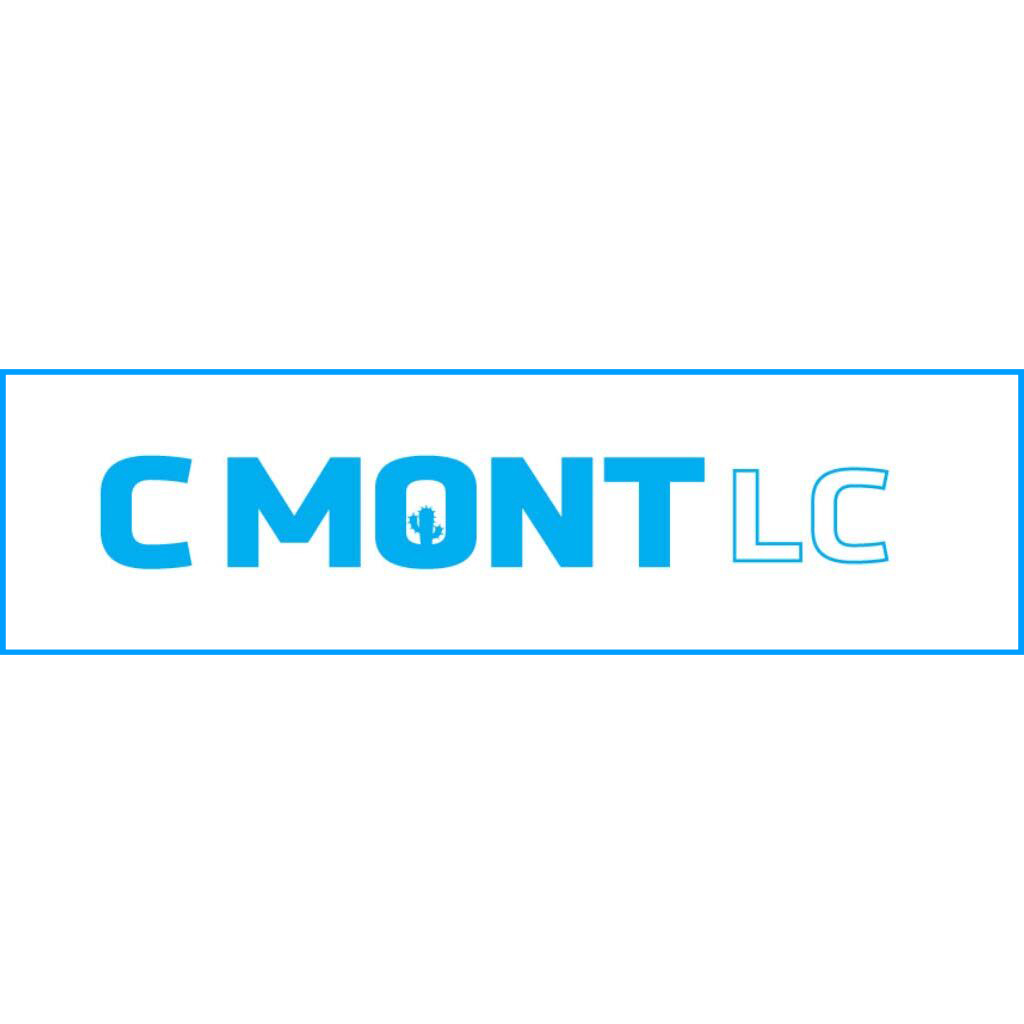Description
LEVOCETRIZINE
Levocetirizine is an H1 receptor antagonist with antihistaminic properties.
It is useful in relieving the symptoms of allergic rhinitis, urticaria, common cold and asthma.
Levocetirizine is an isomer of cetirizine and is twice as potent.
A third-generation antihistamine, levocetirizine has less sedation compared to first generation antihistamines (diphenhydramine, chlorpheniramine) and causes no cardiac side effects unlike some second-generation antihistamines (astemazole, terfenadine).
MODE OF ACTION
Levocetirizine acts by blocking the H1 receptor, thereby preventing the inflammatory response produced by histamines. In asthma and AR, it relieves the inflammatory responses such as Nasal congestion Bronchoconstriction, Excess mucus secretion.
DOSAGE
Adults – 5 mg once a day
Children – 2.5 mg once a day
No dosage adjustment required in patients with hepatic impairment
MONTELUKAST
Montelukast is a cysteinyl leukotriene receptor antagonist. It is useful in relieving the symptoms of asthma and allergic rhinitis.
MODE OF ACTION
Montelukast acts by blocking the cysteinyl leukotriene receptors and thereby preventing the leukotriene mediated inflammatory responses such as:
Airway edema
Excess mucus secretion
Increased airway resistance
RATIONALE OF COMBINATION
Among all the mediators that initiate the inflammatory process in asthma and AR, histamines and leukotrienes are the prominent ones.
In C MONT LC, levocetirizine inhibits the effect of histamines and montelukast inhibits the effect of leukotrienes. Thus, C MONT LC prevents the inflammatory response of both the important mediators, leading to better relief of symptoms. Clinical trials have proved that a combination of an antihistamine and anti-leukotriene has greater effect than that of either drug given alone. (Current Opinion on Allergy and Clinical Immunology, 2002).
INDICATIONS
Asthma, Allergic Rhinitis
This should be administered strictly with the prescription and advise of medical practitioners only.




